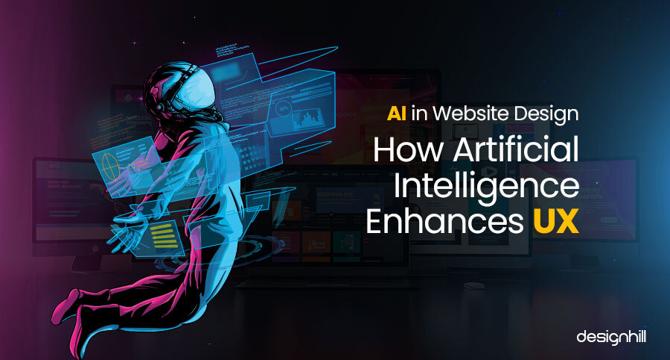Designhill
4d
138

Image Credit: Designhill
How AI Is Transforming Website Design and User Experience (UX)
- Artificial Intelligence (AI) plays a crucial role in transforming website design and UX, helping businesses target users more effectively and boost engagement.
- AI incorporation in website design provides a deep understanding of user behavior and needs, aiding in creating products that cater to customer demands.
- AI UX design tools automate tasks that traditionally required manual effort, enhancing efficiency and precision in designing websites for specific audiences.
- AI tools analyze user data to detect patterns, eliminating the need for manual user research and enabling designers to understand customer behavior more effectively.
- Tools like Research AI, DataRobot, and Hotjar AI facilitate the analysis of user behavior patterns and help in refining website designs for better user experience.
- Prototyping tools like Fronty, Uizard, and Mockitt AI assist in simulating user interaction, refining prototypes based on real-world behavior, and predicting user behavior for optimal design.
- AI tools like Contexta, Unbounce Smart Copy, and Copy.ai aid in optimizing UX and product copy alignment, ensuring a seamless user experience and effective communication.
- Design accessibility improvements using AI tools like UserWay, accessiBe, and Khroma assist in enhancing website usability for all users, addressing accessibility challenges effectively.
- Personalizing user journeys with AI, utilizing tools like Pendo AI, Algolia, and Dynamic Yield, can lead to tailored content delivery and improved user engagement on websites.
- AI can help in identifying and mitigating design pattern biases, using tools like MonkeyLearn, Google Fairness Indicator, and Acrolinx to create more inclusive UX designs.
Read Full Article
8 Likes
For uninterrupted reading, download the app